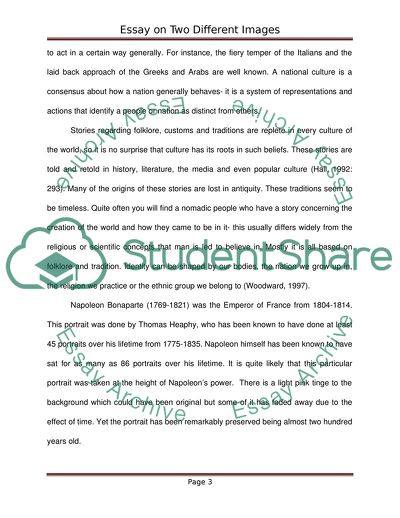Cite this document
(A Portrait of Napoleon Bonaparte and Boxer Amir Khan Case Study - 1, n.d.)
A Portrait of Napoleon Bonaparte and Boxer Amir Khan Case Study - 1. Retrieved from https://studentshare.org/culture/1752747-critical-reading-analysis
A Portrait of Napoleon Bonaparte and Boxer Amir Khan Case Study - 1. Retrieved from https://studentshare.org/culture/1752747-critical-reading-analysis
(A Portrait of Napoleon Bonaparte and Boxer Amir Khan Case Study - 1)
A Portrait of Napoleon Bonaparte and Boxer Amir Khan Case Study - 1. https://studentshare.org/culture/1752747-critical-reading-analysis.
A Portrait of Napoleon Bonaparte and Boxer Amir Khan Case Study - 1. https://studentshare.org/culture/1752747-critical-reading-analysis.
“A Portrait of Napoleon Bonaparte and Boxer Amir Khan Case Study - 1”. https://studentshare.org/culture/1752747-critical-reading-analysis.


